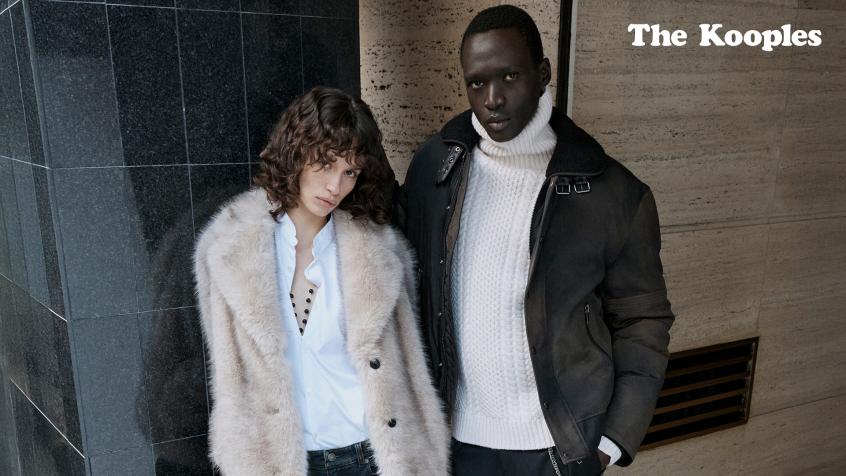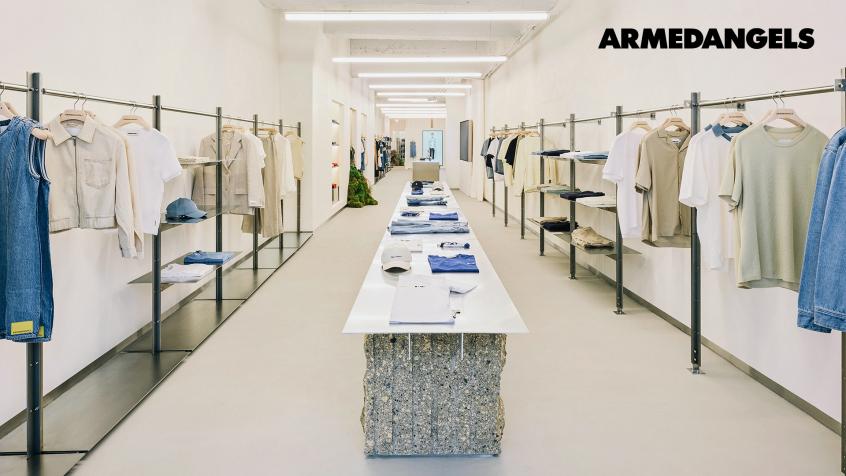Ferragamo’s strategy: more accessible pricing to target younger generations?
The challenges of 2020 did not spare the Italian brand and brought to the forefront an opportunity for Ferragamo to embark on a digital transformation. Let’s dive into the strategy of the historical Italian brand with Retviews data.

Key takeaways
• Salvatore Ferragamo’s strategy is to focus on shoes and leather goods, which together generate 82% of the group’s turnover.
• Though Salvatore Ferragamo built its name with luxury footwear; accessories now represent the highest assortment share.
• The Italian brand has a perfect opportunity to target younger generations with affordable pricing and innovative design.
When one hears the phrase “Made in Italy” about luxury fashion, chances are the name Salvatore Ferragamo will come up. The iconic brand is well-known for its finely crafted product lines.
Rising to fame as a shoemaker for movie stars in Hollywood such as Marilyn Monroe, Salvatore Ferragamo incorporated his first company in Florence in 1927. Elegance and comfort have traditionally been key elements as the brand expanded its reach around the globe. Currently, Asian countries are the most profitable geographic area for Ferragamo’s business.
However, the challenges of 2020 did not spare the Italian brand and brought to the forefront an opportunity for Ferragamo to embark on a digital transformation. Let’s dive into the strategy of the historical Italian brand with Retviews data.
Shoes vs. leather goods assortment: Which category is better performing?
According to the Salvatore Ferragamo Group 2020 annual report, the group lost 33% of revenue and 52% of EBITDA in 2020 compared with the previous year, generating €916M. Seventy percent of that revenue came from the retail distribution channel.

Moreover, shoes have always been the Italian luxury brand’s heritage, and footwear represents a high percentage of Ferragamo’s assortment and revenue, in the same vein as sportswear brands such as Nike and Adidas.
Though the assortment share is 10% higher than shoes, leather goods generate slightly more than 40% of total revenue. Conversely, accessories’ share produces one of the lowest earnings percentages, despite accounting for 35.7% of Ferragamo’s overall assortment.
Is there an opportunity to analyze the assortment to drive up sales?
Equal distribution among women and men
Salvatore Ferragamo grew up among 13 siblings. The Italian designer developed his passion for making shoes at the age of nine when he first started creating designs and patterns for his sisters.
Although traditionally, Ferragamo has geared designs toward wealthy and powerful women, today, the Italian brand presents an assortment split equally between genders.

Compared with competitors — except for Swiss brand Bally, which directs its assortment primarily toward men — Ferragamo is closer to split equity in terms of percentage.
Iconic shoes: the Salvatore Ferragamo heritage
While Ferragamo’s competitors have increased their focus on sneakers — sporty shoes are the current megatrend in footwear — the Italian luxury brand chooses to direct its attention toward its entire assortment, not necessarily favoring sneakers.

However, Ferragamo’s strategy to stay competitive without losing its cache is to offer a wide variety of shoes to its customers. In this way, the Italian brand keeps producing iconic loafers for men and ballerina flats for women — the Viva and Vara Pumps famous for their feminine, formal, elegant look.
It is noteworthy to mention that data show high heels are slowly coming back into the market despite many seasons of comfortable footwear.
Even in luxury, prices can be affordable
Ferragamo and its main competitor, Bally, started as a shoemaking business and developed new categories over the years. Nowadays, accessories and leather goods represent the other main focus of the Italian brand’s offerings.

Considering pricing for accessories, Ferragamo is positioned on the lower end of the price range, right after Bally, compared to other competitors such as Prada and Gucci. However, in terms of the most frequent price and average price, the Italian brand is more accessible than its peers.
Positioning: are younger generations a new target?
Accessible pricing in comparison to competitors has allowed Ferragamo to appeal to a wider range of customers potentially. Is this part of Ferragamo’s strategy to reach younger customers?

“When I design, I think, “Would these look good on a person who’s 17, 30, 50, 70?” — Paul Andrew, Salvatore Ferragamo design chief, affirmed to have a vision on how to move the brand forward. The idea is to create and update designs that could appeal to everyone, considering diverse people of all ages.
Will Ferragamo’s strategy maintain its brand image?
Ferragamo is a statement brand, famed for Italian craftsmanship, with a long history. The attention to detail and quality behind Salvatore Ferragamo’s brand concept provides a unique customer experience. On the other hand, innovation and glamour — along with an affordable pricing strategy — are key drivers to appeal to younger generations.
Could the digital space represent an opportunity for Salvatore Ferragamo to reach a new audience, or will it upset long-time loyal customers?
Discover Retviews
Related content









